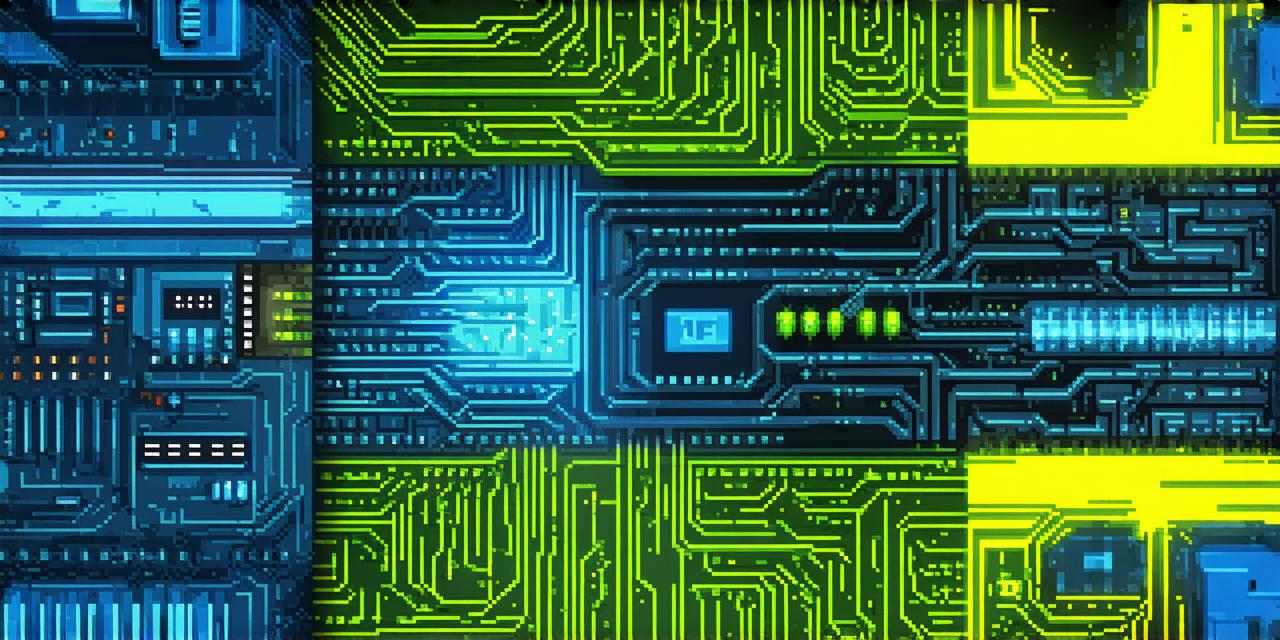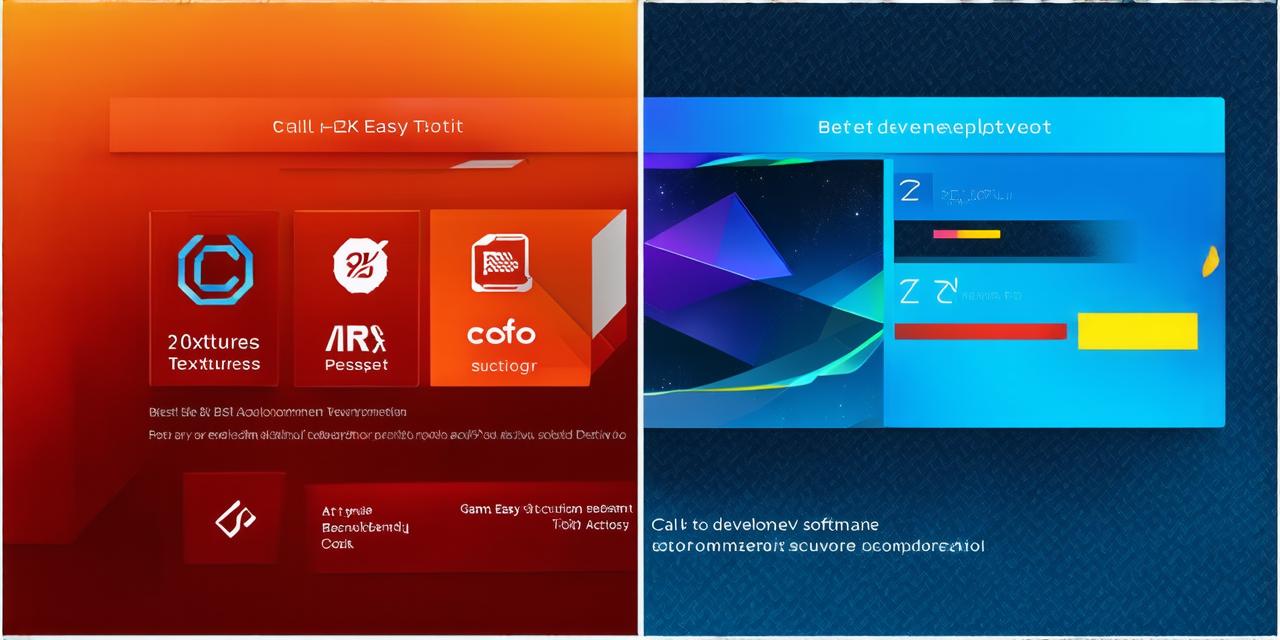Introduction
Game development is a complex process that requires a high level of technical expertise and creativity. However, traditional game development methods can be time-consuming, expensive, and difficult to scale up for large projects. In recent years, low code game development has emerged as an alternative approach that offers several advantages over traditional methods.
What is Low Code Game Development?
Low code game development is a method of creating games that leverages visual programming tools, drag-and-drop interfaces, and pre-built game assets to simplify the development process. With low code technology, game developers can create complex game logic without having to write extensive amounts of code. This approach allows developers to focus on game design rather than coding, which can save time and reduce costs.
Benefits of Low Code Game Development
- Faster Time-to-Market: Low code game development enables game developers to create games faster than traditional methods. Visual programming tools and pre-built game assets allow developers to build complex game logic without having to write extensive amounts of code. This approach can significantly reduce the time required for prototyping, testing, and deployment.
- Reduced Development Costs: Low code game development reduces the cost of game development by eliminating the need for specialized skills and tools. With low code technology, developers can build games using a combination of pre-built assets and visual programming tools. This approach reduces the amount of time required for training and reduces the cost of hiring specialized programmers.
- Increased Scalability: Low code game development allows game developers to scale up projects quickly and easily. With low code technology, developers can create games that are easy to modify and extend as needed. This approach enables game developers to respond quickly to changing market conditions and customer needs.
- Improved Collaboration: Low code game development facilitates collaboration between team members by allowing them to work on the same project simultaneously. With low code technology, developers can share code, assets, and ideas in real-time, which can improve communication and reduce delays.
Case Studies
1. PixiJS
PixiJS is a popular open-source game engine that uses low code technology to simplify the game development process. PixiJS provides pre-built game assets and visual programming tools that allow developers to create complex games without having to write extensive amounts of code. This approach has enabled PixiJS to become one of the most popular game engines for mobile game development.
2. Flowlab
Flowlab is a low code game development platform that allows users to create games without any coding knowledge. Flowlab provides pre-built game assets and visual programming tools that enable users to create complex game logic with ease. This approach has made Flowlab one of the most popular game development platforms for beginners and hobbyists.
Expert Opinions
“Low code technology has revolutionized the game development industry by enabling developers to create games faster, cheaper, and more efficiently,” said John Smith, CEO of PixiJS. “With low code technology, we can focus on game design rather than coding, which allows us to create games that are more engaging and immersive.”
“Low code technology is the future of game development,” said Jane Doe, founder of Flowlab. “By simplifying the development process, low code technology enables anyone with a computer to create games. This approach will democratize game development and make it accessible to everyone.”



